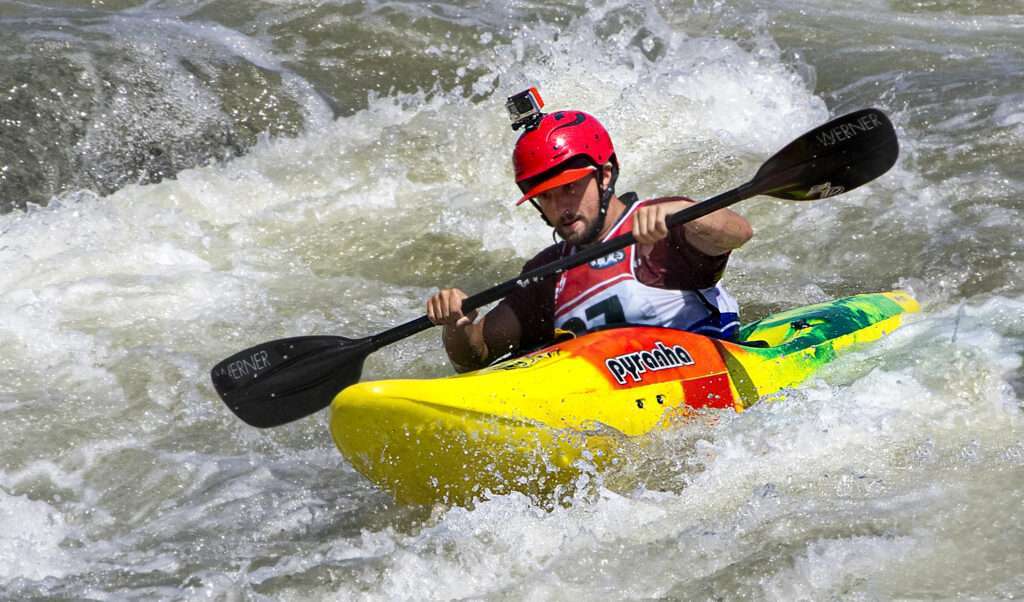Sea kayaking and touring gives a low platform to the water that turns you into an active participant in the surrounding seas, versus being a passive observer on a large motorboat. Having a whale surface near you in a kayak or watching seals and sea otters on their level gives a new perspective to the ocean environment. Knowing how to select a kayak for your body type, paddling needs and requirements requires a bit of study.
Step 1
Look for the hull specifications on the kayaks in which you are interested. These dimensions are typically measured in inches. Look for the length of the boat, the “beam” or width, and the draft off the hull, which is the amount of the hull that will rest under the water as you paddle.
Step 2
Compare the hull dimensions and understand the longer the kayak, the faster it will be. Compare beam dimensions with a primary/secondary stability formula. The narrower the beam, the less stable the kayak is when at rest, but the more stable it will be in motion. Conversely, the wider the beam, the more stable the kayak is at rest. A wider beam does not affect the secondary stability. Wider-beam kayaks make it harder to achieve hull speed, but easier to maintain stability.
Step 3
Determine the cockpit size you require. Your body size dictates the cockpit size you need. Most kayaks measure cockpit size in terms of width and length–in inches. Larger paddlers require a larger cockpit for entry and egress within the kayak.
Step 4
Use your foot/shoe size to help compare the depth of the kayaks you are comparing. Look at the manufacturer’s maximum shoe size recommendations for the kayaks and take this into consideration. An improper shoe size fit on the kayak results in cramped feet and loss of movement in the cockpit.
Step 5
Compare the weight of the kayaks by looking at the makers’ posted weight for them. Plastic and roto-molded kayaks are heavier than fiberglass and kevlar of the same design. Use this information to compare based on whether you will use a roof rack for your car or how often you will need to carry and portage the kayak.

